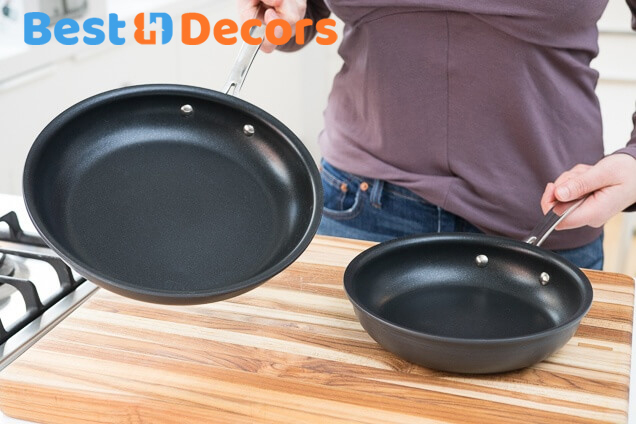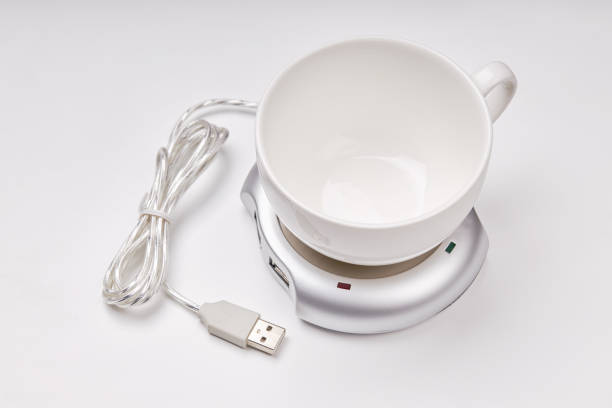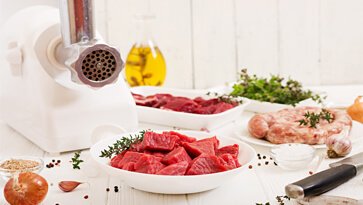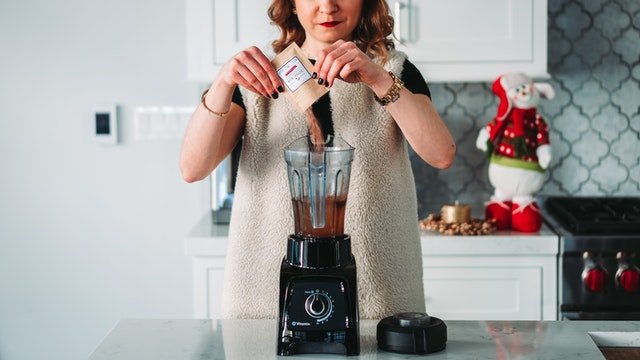Using a nonstick pan for the first time might seem straightforward, but there are several key practices to ensure you get the most out of your new kitchen tool. A nonstick pan can become your go-to for a variety of cooking tasks, from searing and sautéing to simmering and caramelizing. With the right care and techniques, you can maximize its lifespan and cooking efficiency. This guide will walk you through the essential steps to properly use a nonstick pan for the first time and keep it in top condition.
How to Use a Nonstick Pan for the First Time: Key Steps
1. Avoid Using Metal Utensils
One of the most important rules for nonstick cookware is to avoid using metal utensils. Metal can easily scratch and damage the nonstick coating, reducing its effectiveness. Instead, opt for utensils made from wood, silicone, nylon, or plastic. These materials are gentle on the nonstick surface, helping to preserve its integrity for longer.
2. Be Cautious with Temperature Changes
Rapid temperature changes can warp your nonstick pan and damage the coating. Avoid taking a hot pan and placing it under cold water or into the fridge immediately after cooking. Allow your pan to cool down gradually before cleaning or storing it. This practice will help maintain the pan’s shape and prevent warping, which can affect cooking performance.
3. Clean with Gentle Scrubbing Pads
When it comes to cleaning your nonstick pan, use non-abrasive scrubbing pads. Harsh scrubbers like steel wool can create tiny scratches that deteriorate the nonstick surface over time. Instead, choose a soft sponge or a scrubbing pad specifically designed for nonstick cookware. This will ensure your pan stays smooth and easy to clean.
4. Avoid Cooking with Acidic Ingredients
Acidic foods like tomatoes and citrus can erode the nonstick coating, particularly in lower-quality pans. While high-end anodized pans may resist this damage, it’s still best to minimize exposure to highly acidic ingredients. If you do cook with them, make sure to clean the pan promptly to prevent any long-term damage.
5. Steer Clear of Aerosol Cooking Sprays
While aerosol cooking sprays might seem convenient, they can build up a sticky residue on your nonstick pan over time. This residue is difficult to remove and can interfere with the pan’s nonstick properties. Instead, use a small amount of regular oil or butter when cooking to achieve the same effect without the long-term drawbacks.
6. Store Your Pans Properly
Proper storage is crucial for maintaining your nonstick pans. If you need to stack your pans, place a soft cloth or paper towel between them to prevent scratches. This small step can significantly extend the life of your nonstick cookware.
7. Clean and Dry Immediately After Use
It’s best to clean and dry your nonstick pan immediately after each use. Allowing food residue to sit on the surface can lead to stubborn stains that are hard to remove. Additionally, dishwasher use is generally not recommended for nonstick pans, as the harsh detergents and high heat can degrade the coating. Hand washing with warm, soapy water is usually the safest method.
8. Don’t Store Food in Your Pan
Nonstick pans are not designed for food storage. Storing food in the pan can lead to a metallic taste and may encourage the coating to degrade more quickly. Transfer leftovers to a separate container for storage to keep your pan in good condition.
9. Avoid Overheating Your Pan
Most nonstick pans have a recommended maximum temperature, often around 450 degrees Fahrenheit. Exceeding this limit can cause the nonstick coating to break down and release harmful fumes. Always monitor your cooking temperatures and avoid preheating an empty pan for too long.
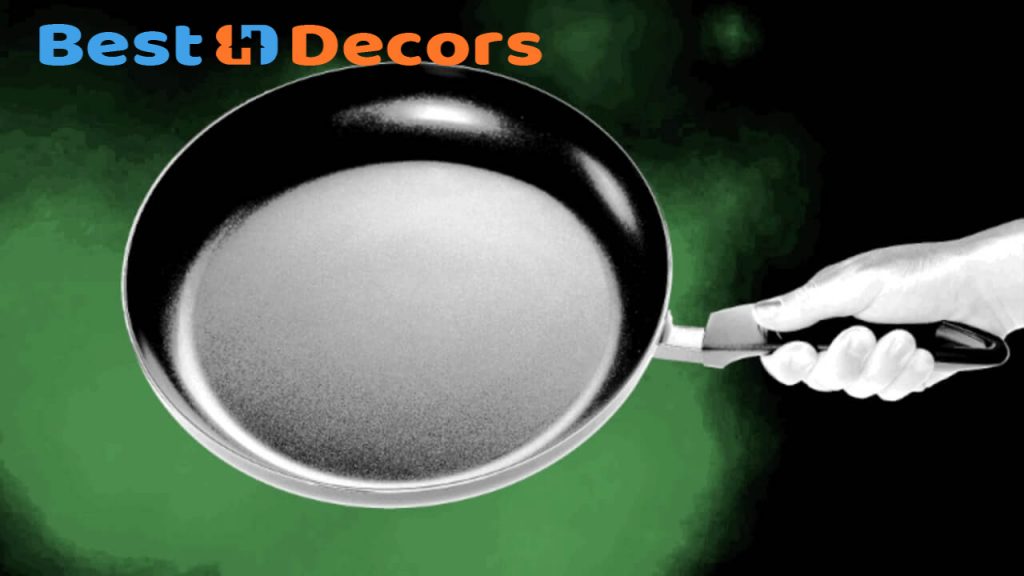
FAQs
1. How should I season my nonstick pan before the first use?
While many modern nonstick pans don’t require seasoning, some benefit from a light coating of oil before the first use. Check the manufacturer’s instructions for specific recommendations.
2. Can I use metal utensils on high-end nonstick pans?
Even with high-end nonstick pans, it’s best to avoid metal utensils. Stick to wood, silicone, or nylon tools to preserve the coating.
3. Why should I avoid aerosol cooking sprays?
Aerosol sprays can leave a sticky residue that is difficult to clean and can degrade the nonstick surface over time. Use a small amount of regular oil instead.
4. How do I clean stubborn stains from my nonstick pan?
For stubborn stains, soak the pan in warm soapy water for a few minutes, then gently scrub with a non-abrasive pad. Avoid using harsh chemicals or scouring pads.
5. What should I do if my nonstick pan starts to peel?
If your nonstick pan starts to peel, it’s time to replace it. A peeling nonstick surface can release harmful particles into your food.
For more detailed tips on maintaining your cookware, you can visit this guide on how to clean a nonstick pan for the first time.
Conclusion
A nonstick pan is a valuable tool in any kitchen, offering convenience and versatility when used correctly. By following these tips, you can ensure that your nonstick pan remains in excellent condition for years to come. From choosing the right utensils to proper cleaning and storage, taking care of your nonstick cookware will make cooking easier and more enjoyable. Remember, a little maintenance goes a long way in preserving the life and performance of your kitchen tools.
If you’re interested in learning more about the science behind nonstick surfaces, check out Wikipedia’s article on nonstick cookware.


